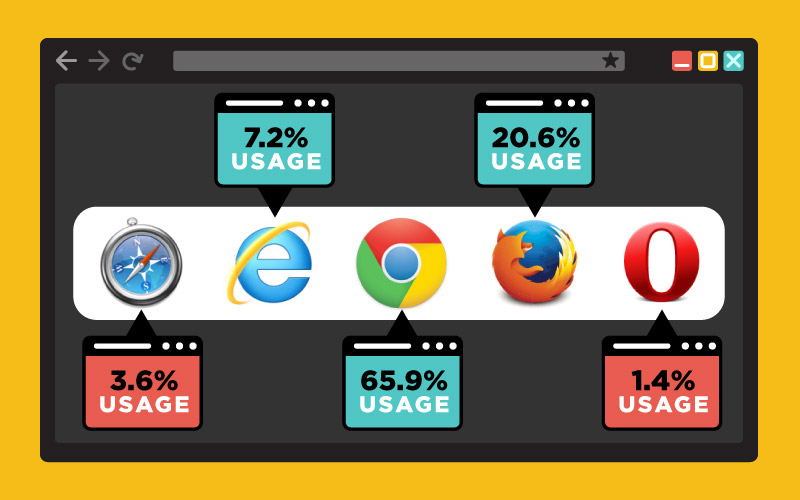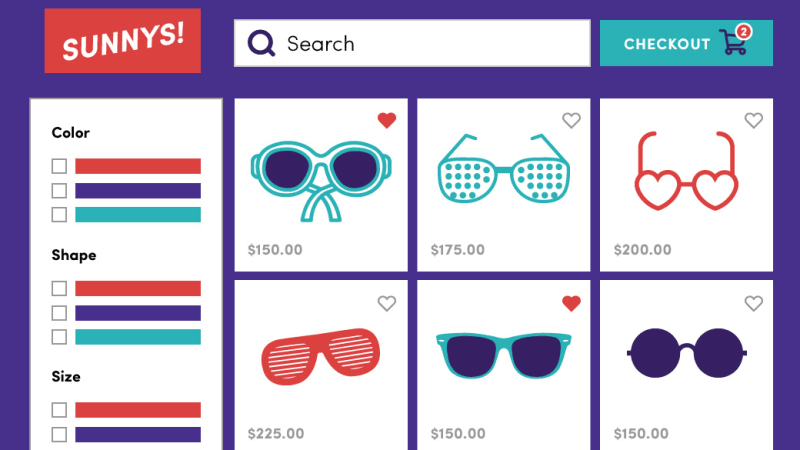Web Development Browser Standards (or lack thereof)
White Lion — November 12, 2015

Browsers are applications we use to browse the internet. They help us easily search the internet, view and send emails, watch Netflix, and generally communicate with others around the world. There are many different types of browsers out there for all types of devices. The modern browsers (in order of popularity) are: Chrome, Mozilla Firefox, Internet Explorer, Safari, and Opera.[1] You’ve likely used at least one of these browsers, if not all of them.
Why We Need Browser Standards
All of the modern browsers were created and are backed by different companies that each have their own opinions on what the browser standards should or should not be.
Here is a breakdown of how browser usage looks today:[1]
Now, we don’t really know what browser users will visit our sites with in the future, but we can make predictions based on browser popularity trends and through studying a site’s web analytics . The reality is we have to account for as many browser types and versions as we can when we develop a website. If we don’t, then we risk websites breaking down for users.
Having standards on web browsers makes it easier for developers to create websites, especially as we move forward. Standards make sure browsers incorporate the latest tools like HTML, CSS, and JavaScript, helping developers make websites look and interact the same across all browsers.
Standards Compliance
Standards compliance is a set of standards made by the World Wide Web Consortium (or W3C). This isn’t just a random group dictating what browsers should or shouldn’t do. The W3C considers input from an international group of developers, the W3C organization itself, and the public in order to routinely update standards. The list of standards is continuously addressed and updated annually, and because the W3C take into account input from the field, often times the developers that develop browsers adhere to the standards. Then again, sometimes they don’t.
The Problem With Standards Compliance
Standards are great! The only problem is that standards compliance is just a recommendation. There is absolutely no penalty for failing to be standards compliant. The bigger, more popular browsers can decide that certain aspects of CSS or JavaScript don’t need to be supported or won’t be useful. Then another browser developer can decide that one feature will be a better fit for them than the standard recommended feature and use that one instead.
Browsers and White Lion
At White Lion, we try to meet the needs of our clients and make our websites as easy to use as possible for every browser. That means we have to code and test for almost any browser or device. Luckily, we have many tools to help us with that, making out websites safe, secure, and easy to navigate.
Sources
[1] W3Schools Browser Stats: http://www.w3schools.com/browsers/browsers_stats.asp
[2] W3C http://www.w3.org/Consortium/



